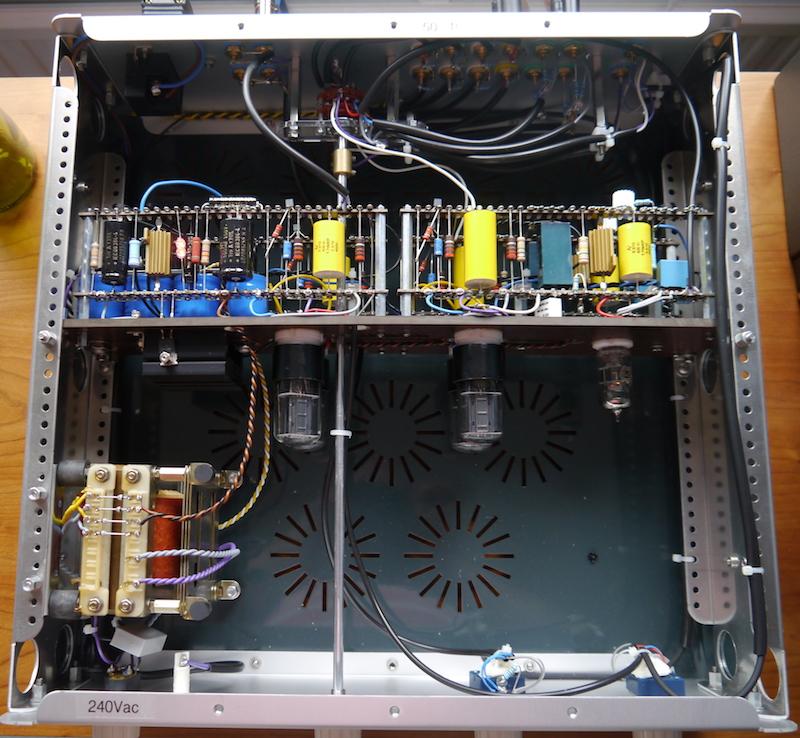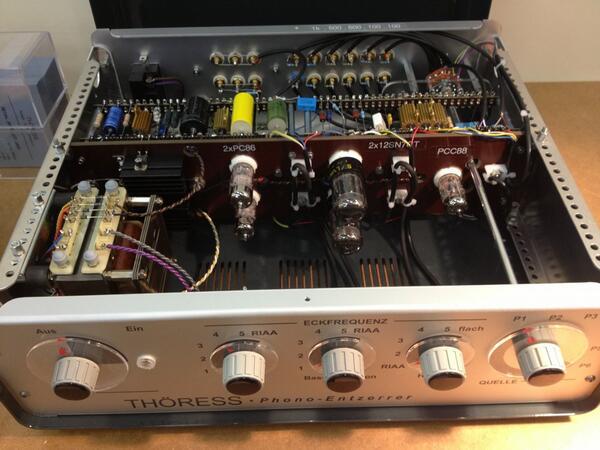OMGCat!
Super Member
I thought it odd that the thread pretty much opened with the horrors of hoarding. Maybe it really is that bad but I feel it was kind of out of place in an article about the fun of vintage gear.
I’m not sure which models they were but I recently listened to a system with AR mono blocks (they had holographic power meters) and the dynamics were just amazing.
The control these amps have over bass frequencies is something that has to be experienced. The other frequencies as well but the bass was just on another level.
They make far better. And yes, still hand assembled and soldered using better parts and far stiffer power supplies. Got 800 joules?
The performance envelope of a VTL Siegfried or Audio Research Reference 750SE is on a completely different level in terms of resolution and dynamics.
View attachment 1310197
View attachment 1310198
I’m not sure which models they were but I recently listened to a system with AR mono blocks (they had holographic power meters) and the dynamics were just amazing.
The control these amps have over bass frequencies is something that has to be experienced. The other frequencies as well but the bass was just on another level.













